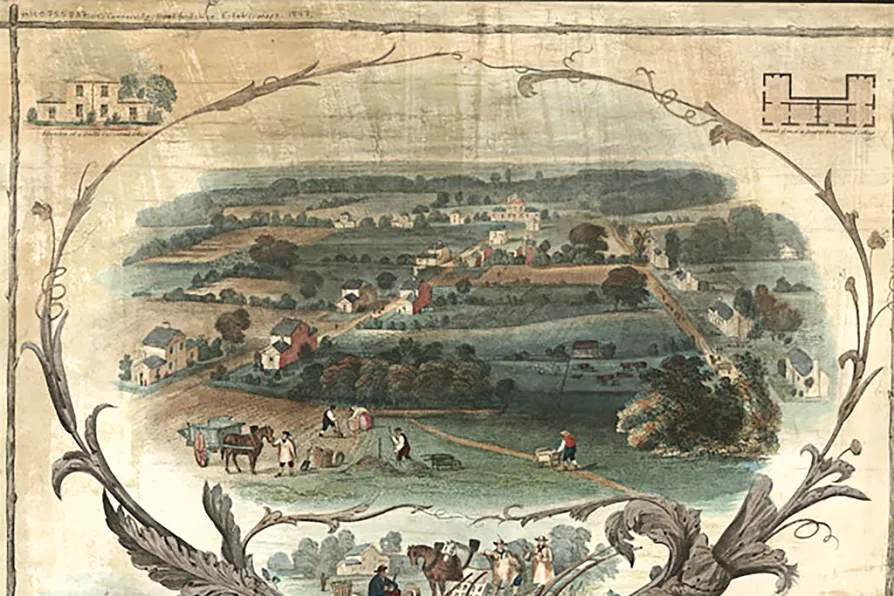NICK TROY lauds the young staff at a hotel chain and cinema giant who are ready to take on the bosses for their rights

 IDEALISM: A map showing plans for a Chartist land settlement in Hertfordshire, named O’Connorville after the Chartist leader Feargus O’Connor
IDEALISM: A map showing plans for a Chartist land settlement in Hertfordshire, named O’Connorville after the Chartist leader Feargus O’Connor
MAY DAY is, worldwide, a labour and socialist festival. It has been marked in Britain since the first London May Day demonstrations in the 1890s.
As Eric Hobsbawm and Terence Ranger wrote, traditions are invented. In Britain at the moment there is an official May Day public holiday held on the first Monday after the actual date, which often sees marches and rallies.
We have Michael Foot and the 1974-79 Labour government to thank for that, although Margaret Thatcher recorded in her papers that she also enjoyed a day off, despite disapproving of its stated purpose.

KEITH FLETT traces how the ‘world’s most successful political party’ has imploded since Thatcher’s fall, from nine leaders in 30 years to losing all 16 English councils, with Reform UK symbolically capturing Peel’s birthplace, Tamworth — but the beast is not dead yet

KEITH FLETT revisits the 1978 origins of Britain’s May Day bank holiday — from Michael Foot’s triumph to Thatcher’s reluctant acceptance — as Starmer’s government dodges calls to expand our working-class celebrations












